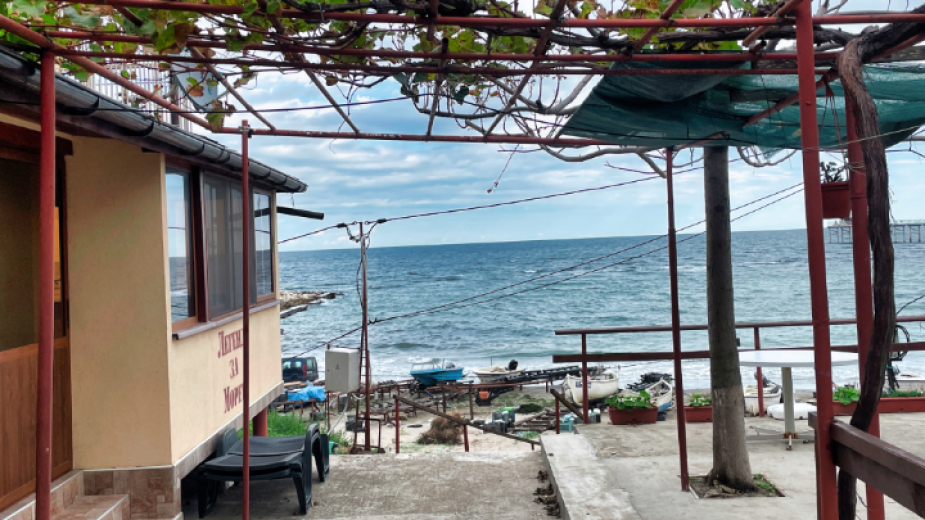 7
7
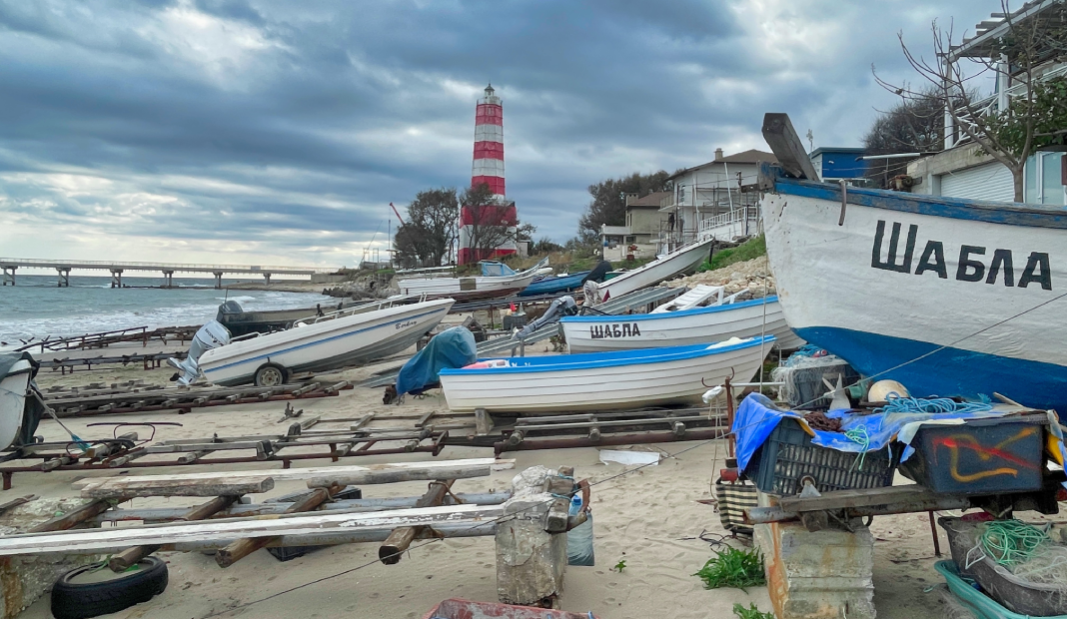
As early as the first millennium BC, the ancient Carians from Asia Minor established a port here, naming the area Portus Caria. Today, the ruins of a 5th–6th century fortress facing the sea are still visible, and nearby lies a cluster of old and newer fishing huts and bungalows. You can stroll through the village’s narrow streets and tiny front yards, adorned with fishing nets and equipment, and follow the stone steps down to the harbour. Here, fishermen arrange their boats against the backdrop of the old lighthouse, creating a scene reminiscent of a seascape watercolour.

Karia is becoming an increasingly popular tourist destination. We recommend staying in a local guesthouse or even renting an entire fishing villa. We learn more about this charming seaside nook from Mariyan Zhechev, mayor of Shabla Municipality, in an interview for Radio Bulgaria:
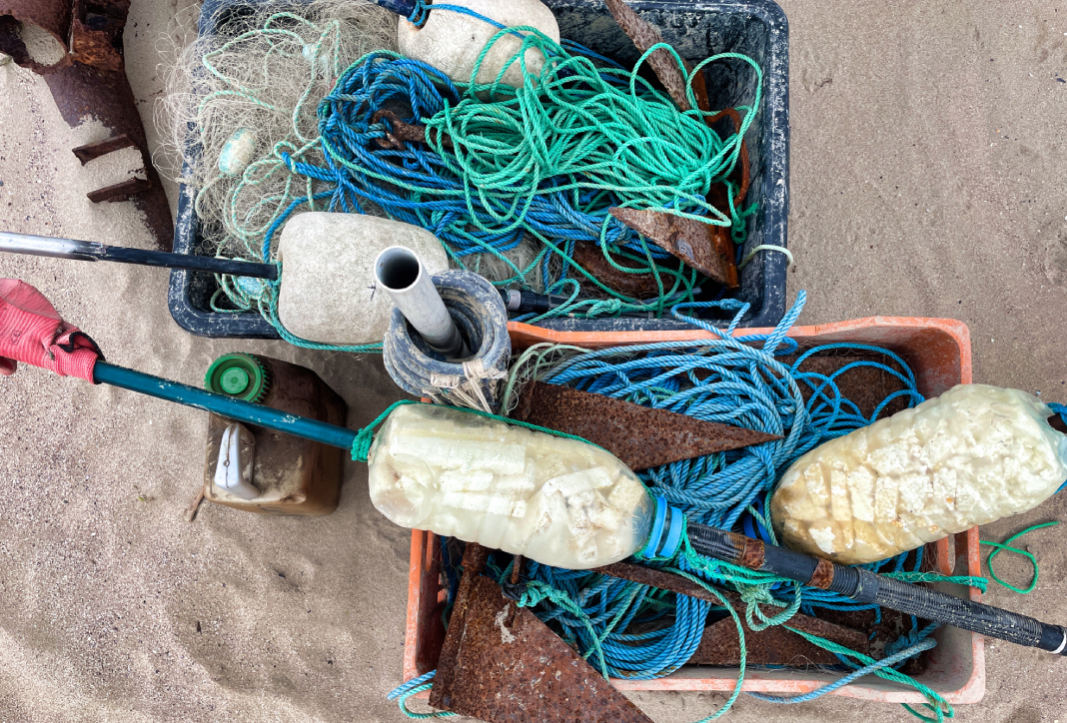
There’s plenty to see around Cape Shabla, particularly to the south, where rocky formations stretch all the way to Cape Kaliakra. Along the way, you can see caves and other natural wonders. The area is beautiful and well worth a visit.
Karia holds another surprise – its own mineral spring, known for its undeniable healing properties. Mariyan Zhechev explains that this natural phenomenon is connected to the geology of the region, which is also known for its oil deposits:
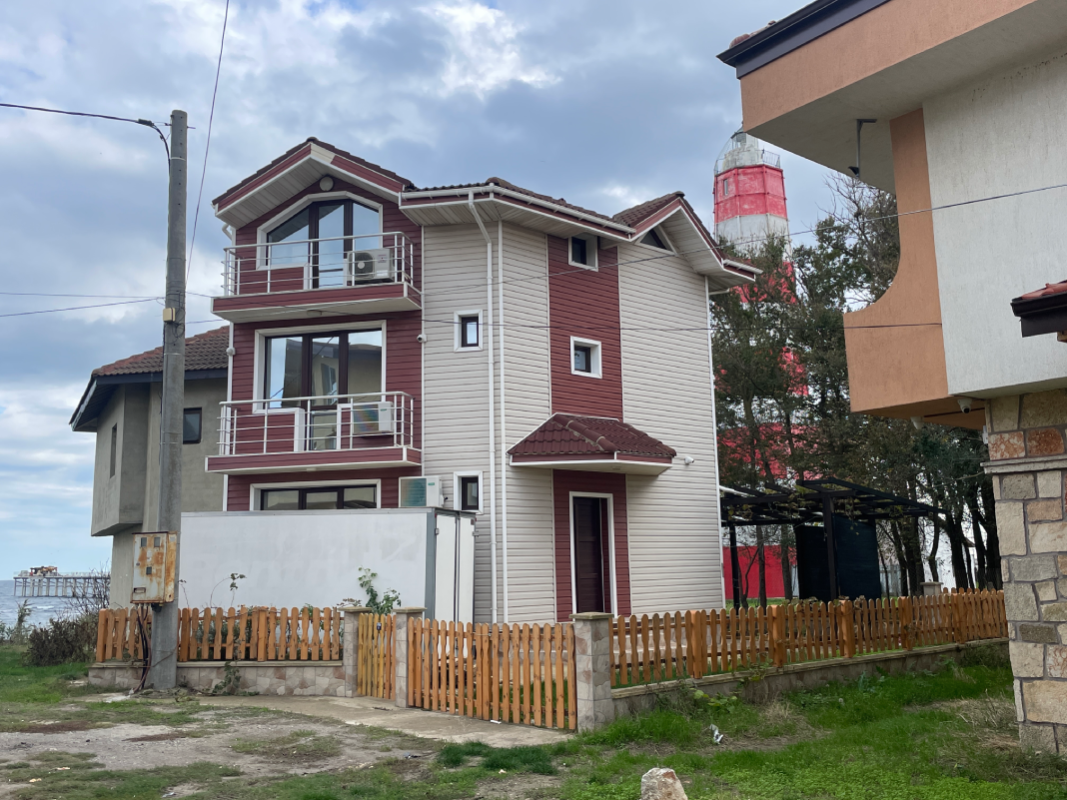
‘In Bulgaria, oil was first discovered in the nearby village of Tyulenovo, and the area has quite a few drill sites, not just for oil, but for exploring the depths beneath us in general.’ One of these drills is located right in the village of Karia. Its mineral water flows at a steady rate of around 20 litres per second. The temperature is perfect for bathing at 37°C, and the spring runs year-round. The water has a high sulphur content and is recommended for preventing and treating skin conditions, including psoriasis.'
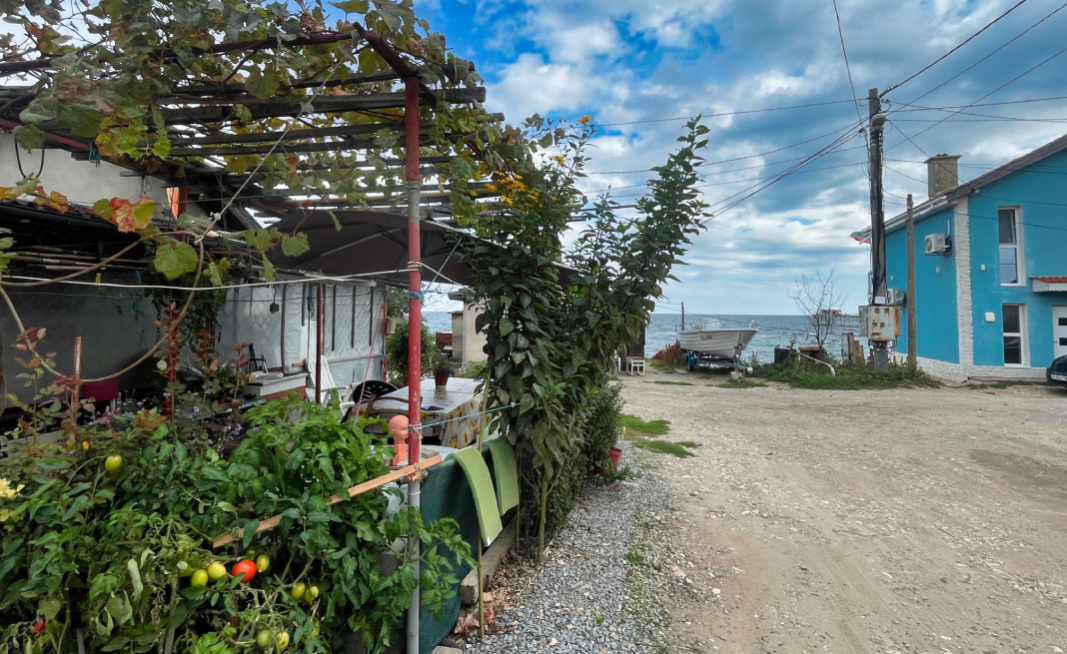
Food lovers will also find plenty to enjoy. Karia has two small fish restaurants serving authentic Black Sea cuisine. Here, the fish comes straight from the nets to your plate – fresh, flavorful, and prepared according to traditional recipes passed down through generations.

'The star of the menu is, of course, the turbot. You’ll also find gobies, Mediterranean horse mackerel, bluefish and European black anchovies. The fishermen of Shabla are particularly skilled at catching Black Sea sharks. You can also fish in the nearby lakes, so there is sometimes freshwater fish available as well. All the seafood products are always fresh and of excellent quality, including the region’s fish-roe spread and its signature black mussels, which everyone should try. No fish dish is complete without salamourika, a mildly spiced local seasoning,' concludes Mariyan Zhechev, Mayor of Shabla Municipality.
Wooden houses perched on dusty alleys, a babbling brook and oak and beech forests in the surroundings – the village of Medven is like a picture from a children's fairy tale. And while the nearby towns of Kotel and Zheravna..
Although it's still mid-August and a bit early for final conclusions, all signs point to a successful season for the resorts along Bulgaria’s Northern Black Sea coast. Albena stands out as a prime example of the long-awaited recovery of Bulgarian..
Mild weather, vibrant cultural events, and the chance to immerse yourself in local traditions — just some of the reasons why autumn is the perfect time to visit Sofia, according to siviaggia.it, Italy’s premier online travel portal, which recently..

+359 2 9336 661
